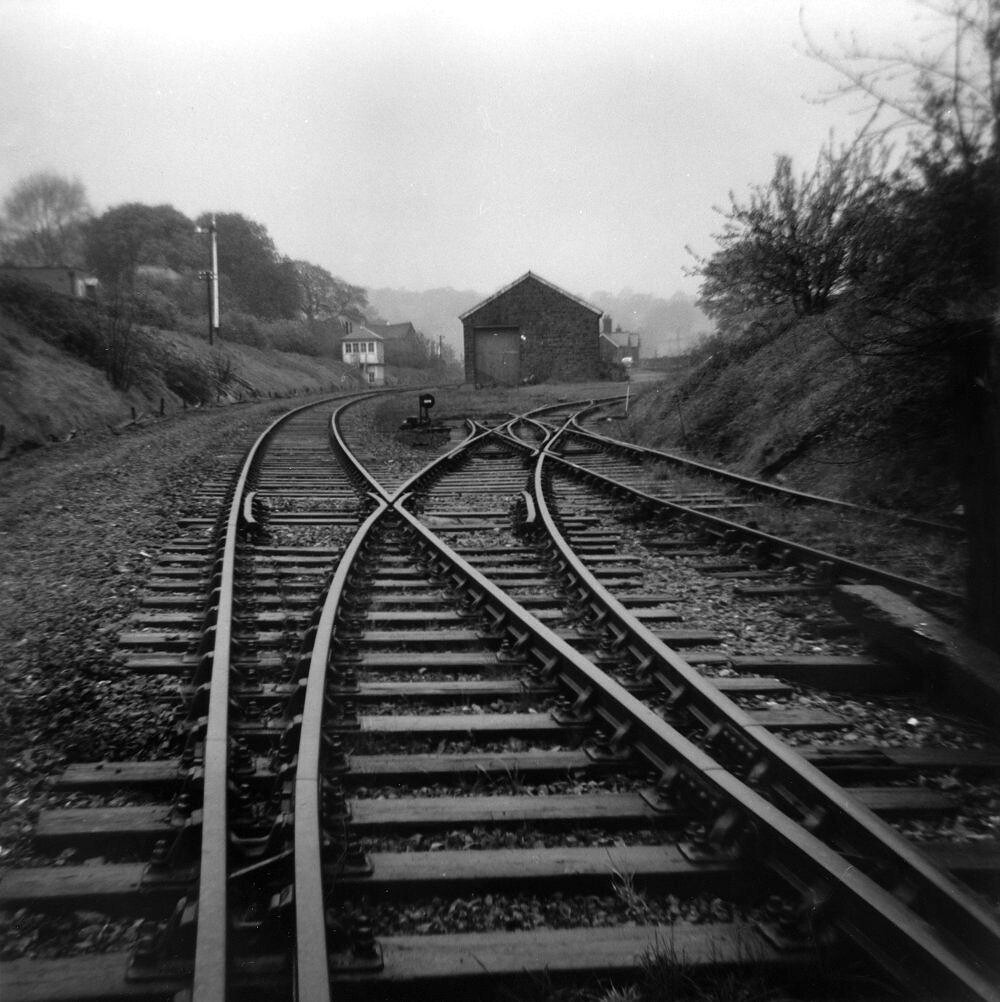When I took this commission, to review the new Netflix documentary The Ripper, I braced myself for the usual grotesque format of such shows. I must admit that as I logged into Netflix and found the programme, the basis of the review was already forming in my head. With pen in hand, I was ready to denounce the forging of such horrors into entertainment television, to condemn their glorification. I was going to write a strong feminist argument setting out why the victims of the Peter Sutcliffe, all of them women, should never be capitalised, commodified even, in stitched-together archive footage, no doubt rife with gore. And yet, within the opening episode of the four-part mini-series, I realised that The Ripper was a very different documentary to others of its genre.
Unlike many of these crime documentaries, The Ripper does not centre itself around morbid fascination. If anything, it’s a history documentary, not a show devoted to one of the world’s most notorious serial killers. Each episode delves deep into the North during the 70s and 80s, decades rife with poverty and prostitution. This series aims to expose the shocking flaws in police work which might have led to an earlier conviction of Sutcliffe; it describes the press’ craze over the female victims; it raises many an uncomfortable question over the treatment of women during the period. Throughout the series, moving interviews with families and victims who survived Sutcliffe’s attacks bring together accounts to paint a portrait which, by the final episode, becomes increasingly political. In contrast to other crime documentaries, The Ripper seemed more of a tribute to the victims than a sensationalist account of the killer himself. Of course, the facts of the case are laid out in grim detail. But pointedly, it is through the victims and their families that we hear these stories. Indeed, despite the use of archive footage throughout the series, Sutcliffe himself never once gains a voice in The Ripper; even his court statement is read out by somebody else.
The feminist focus of the show was refreshing and fascinating. At the beginning of the series, archive footage, mostly of police and reporters, tells us that Sutcliffe is a killer of sex workers, a man who ‘hates prostitutes’. A killing of this type, the show tells us, was practically disregarded a ‘fish and chip murder’, where the press report would become the packaging for the following evening’s takeaways. It is only when the murder of an ‘innocent’ woman occurs, a woman who is not a sex worker, that the case sparks the interest of the public. The show condemns the police’s way of describing these victims: as though sex workers somehow ‘deserved it’ more than others, as though not all of the women played an innocent role in this case. By the final episode, we learn, in fact, that the official police report itself often used derogatory and misogynist terms for describing the victims, noting one woman’s ‘insatiable sexual appetite’. A combination of women, including surviving victims and contemporary journalists, tell this tale, tragically and emotively, to highly moving effect.
So why does this show so deliberately refrain from the click-bait of other such series? Admittedly, there are times when The Ripper does drift into the grim macabre techniques so favoured by documentaries of this kind. The title itself is a reference, of course, to the press’s name for the killer, ‘The Yorkshire Ripper’. In addition, shots of alleyways paired with tense, fearful music do sometimes add a note of ‘dramatisation’. However, the constant interspersing of these shots with telling accounts from victims and families reminds the viewer that these events really did happen. If anything, these more ‘dramatic’ moments only increase the viewer’s empathy with the victims, emphasising the show’s dedication to those people over anybody else.
There is also another strong point made by this series: how incapably the police acted throughout the investigation. In fact, Sutcliffe was only really caught thanks to coincidence and luck: a driving offence brought him to the police, and it was noticed how much he resembled a sketch of the killer. Episodes document how the police were fooled by false clues, including a fake tape sent in which narrowed the search down, entirely incorrectly, to a man with a Sunderland accent. The series reveals that Sutcliffe was interviewed multiple times by police during the initial investigation, amongst thousands of others; yet even the note left by the interrogating officer – ‘not satisfied’ – failed to appropriately draw Sutcliffe to the police’s attention. Though a lack of forensic technology at the time and a terribly kept administration system explained some of the police’s delay in finding the killer, the fact remains that many of Sutcliffe’s victims might have been saved, had the investigation been more meticulous from the beginning.
And so, to my surprise and relief, The Ripper was rather a new type of crime documentary. With its clear employment of fact, its victim testimonies and its general critique of police and press alike, it offers something like closure. For victims and their families, as the final testimonies explain, Sutcliffe’s sentence at psychiatric prison Broadmoor was not harsh enough, and this series finally gives them a chance for their own voices to be heard. The Ripper was not entertainment television. Fantastically researched and appropriately presented, it seemed more a case of justice at last.

